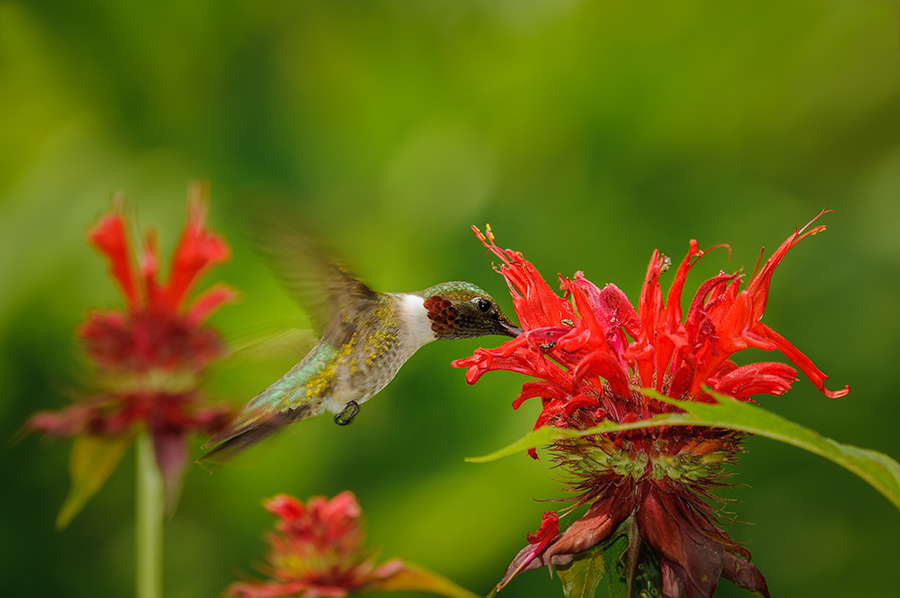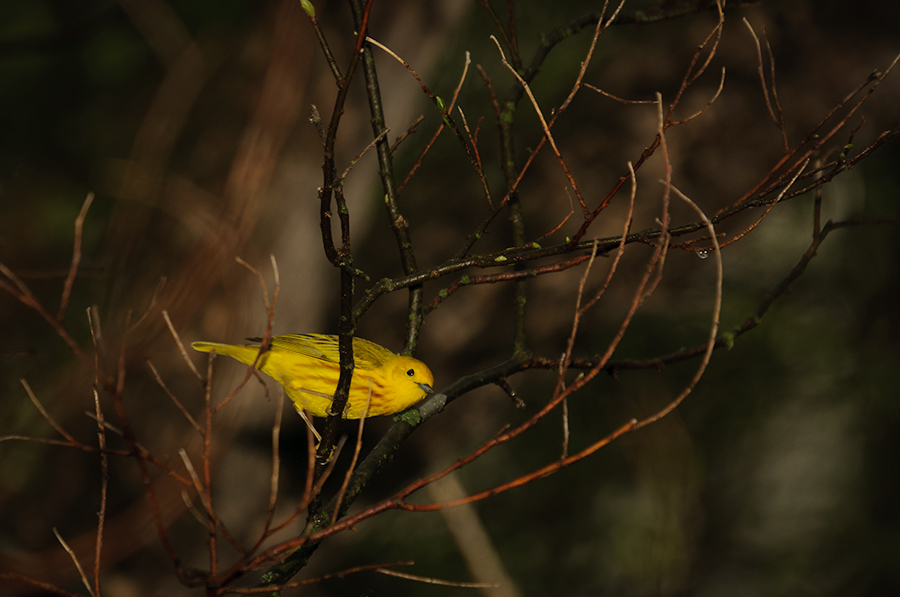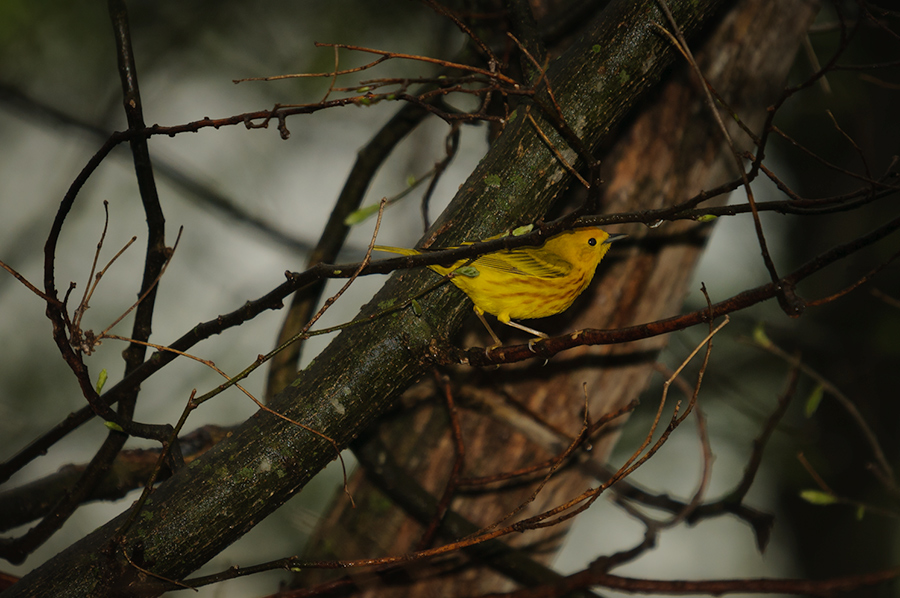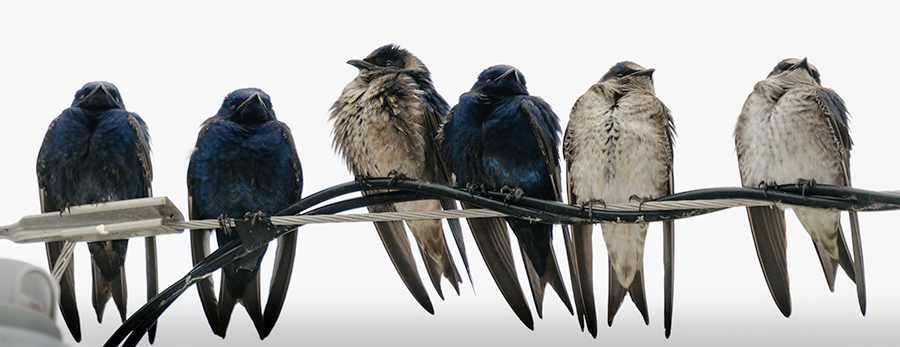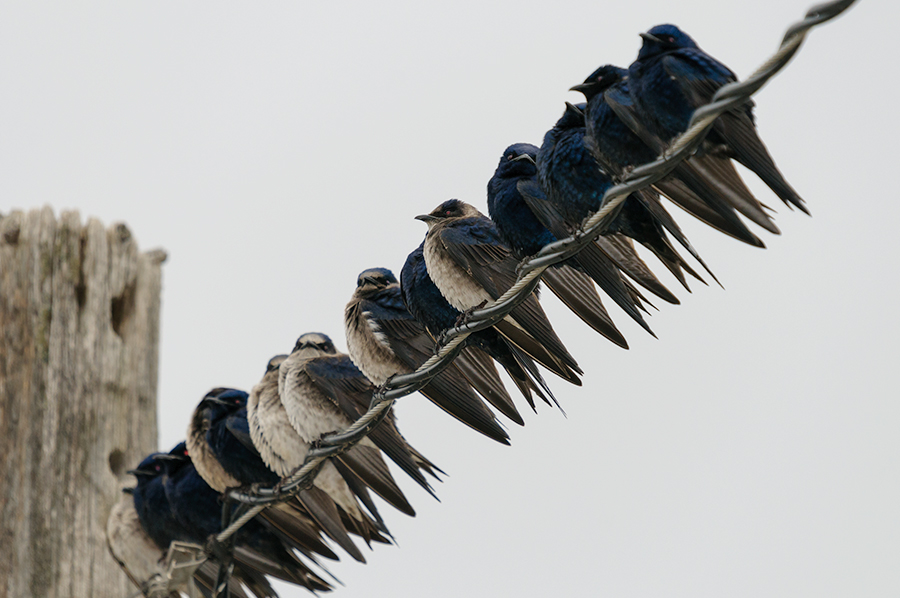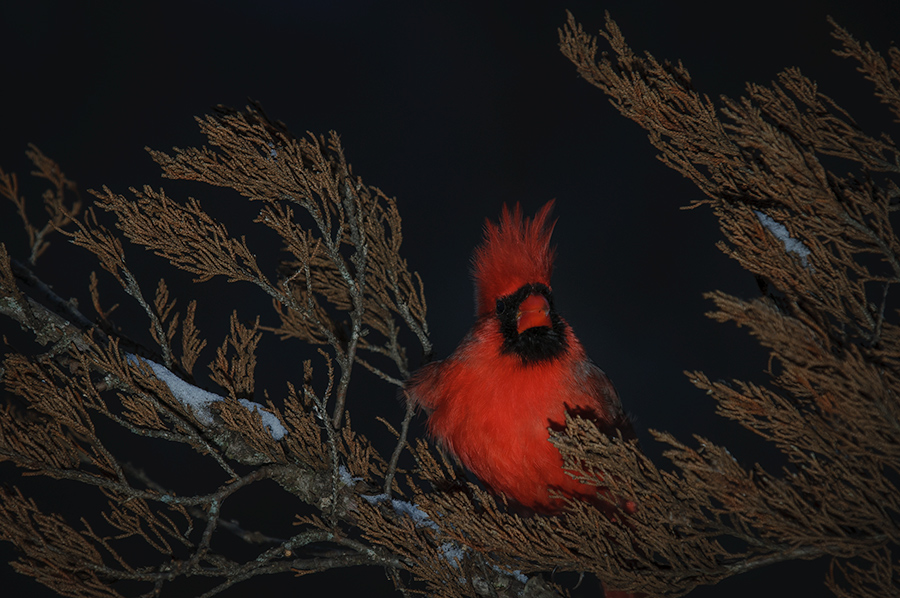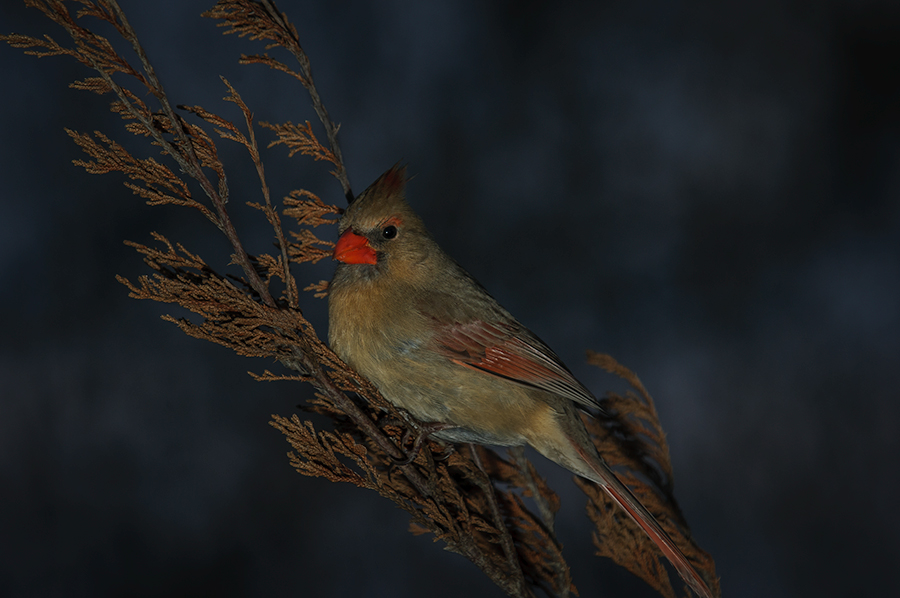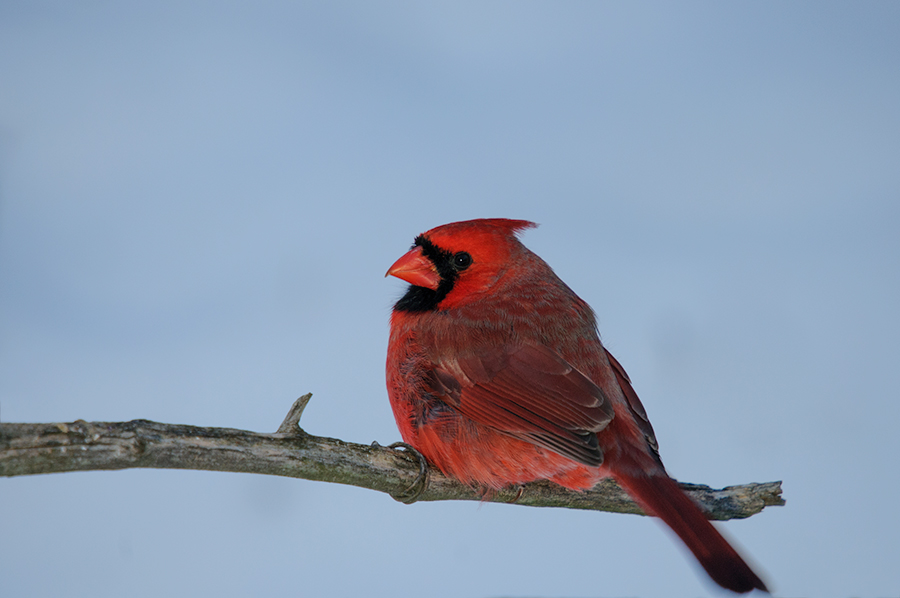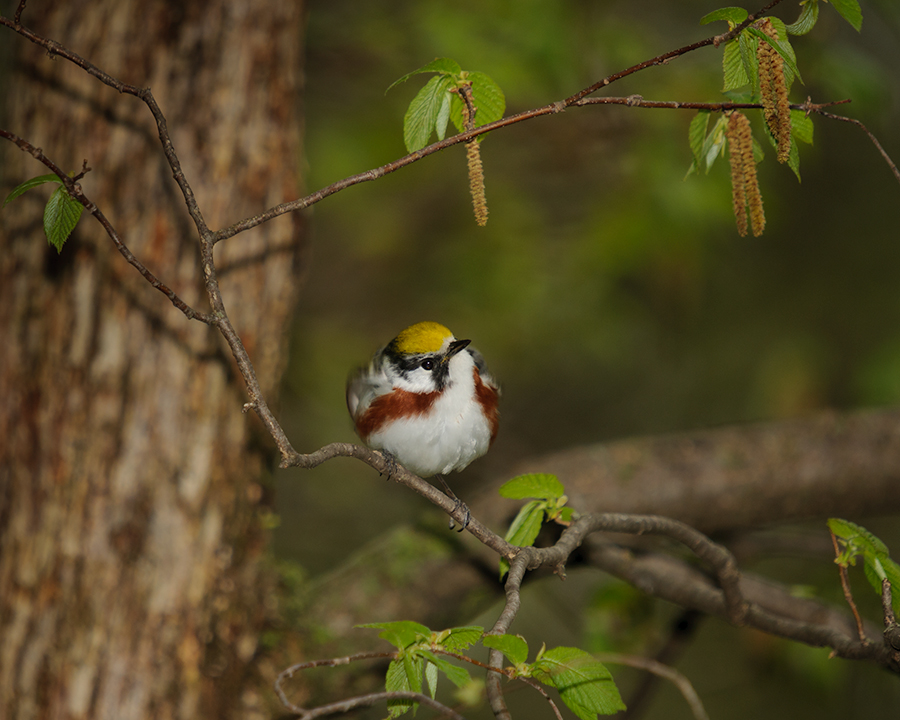
If you stop here in my blog for the first time or haven’t been here for a while, this week it’s all about the warblers that came through here during their migration in the last few days. Today I’m happy to report another first sighting for us, the Chestnut-sided Warbler. It breeds in Canada from south-central Alberta east to Nova Scotia and in the US from the Great Lakes region to New England. They feed mostly on insects and some fruits (source: iBird PRO app, which I can highly recommend for any bird lover).
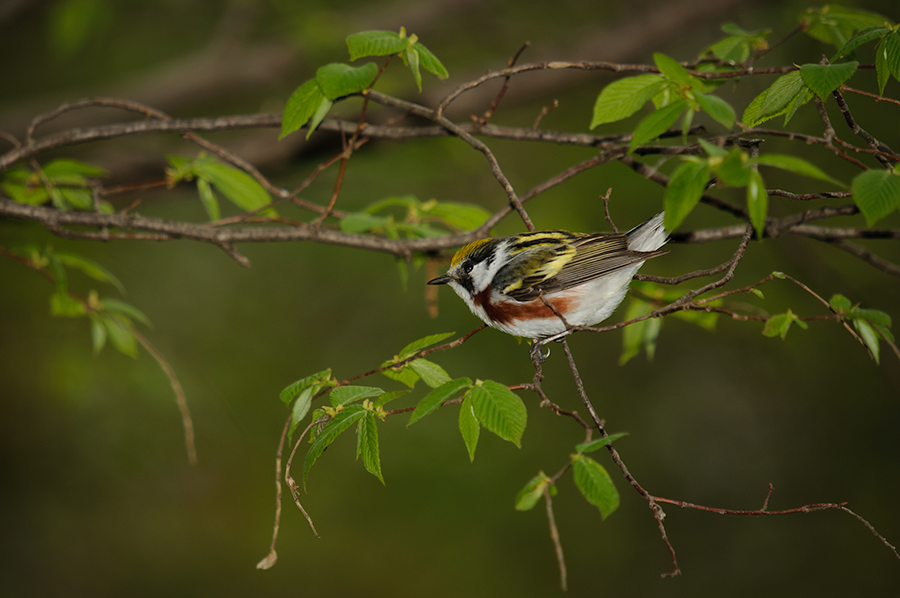
The photos I have shown recently were all made in “sniper mode”, means just a single click, one shot, no continuos shutter release. This is how it was in the days of film, when nobody would rip through with 6 frames per seconds or even faster. One reason why I do this is the recycle time of the speed light that I use for some fill flash, to let the colors pop even in low light conditions. The other reason is that I try to shoot at the peak of action, the short moment when the warbler may stop for a fraction of a second before it makes the next move. Most warblers feed on small insects that they pick from underneath the fresh leaves and they are constantly on the move and seem never to stop. Sometimes you have to follow the bird with your lens while it is behind some branches or leaves. The short moment, when they enter a clear spot, without obstructive objects between them and the lens, is the moment when the shutter release button gets pressed. As you can imagine despite “sniper mode” some images will land finally in the trash can because focus was not obtained correctly or the bird was not even in the frame because the photographer was too slow… ;-)
“Warbler week” is not over yet, although I saw a lot less birds today from my office window, but I still have some more birds to show here in the blog. So please stay tuned…





